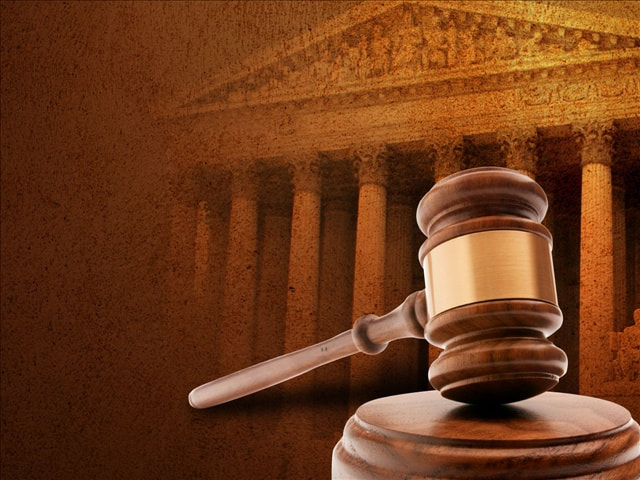|
Listening to lectures on the history of the Supreme Court makes me question my image of the Court over time. I envision a wise, apolitical body to protect minority rights. I assume conservative justices prefer a narrow, literal view of the Constitution’s text and defer to duly enacted laws. I expect liberal justices to interpret the Constitution broadly and overturn precedent to promote social progress.
In other words, the image I’ve held since youth was based on a Court led by Chief Justices Earl Warren (1953-1969) and Warren Burger (1969-1986). I came of age in a time of judicial activism, a term historian Arthur Schlesinger, Jr., coined in 1947. It turns out that period was atypical. While the Supreme Court has always been influenced by politics, its relation to legislation and social change has varied over time. In the late 1800s and early 1900s, Progressives reacted to workplace abuses with state laws to protect worker health and safety. Gilded Age employers challenged such laws as violating their right to contract. The Court mostly sided with employers. Legislatures led experiments in social change; the Supreme Court interpreted the Constitution broadly to hold them back. Which rights does the Constitution protect? Right of contract? Right of privacy? Only the specific rights named in the text, as literalists might argue? According to the Ninth Amendment: “The enumeration in the Constitution, of certain rights, shall not be construed to deny or disparage others retained by the people.” As for what unenumerated rights the people retain, the Constitution doesn’t say.
0 Comments
Leave a Reply. |
AuthorI'm a historian who writes novels and literary nonfiction. My home base is Madison, Wisconsin. Archives
July 2024
|

 RSS Feed
RSS Feed